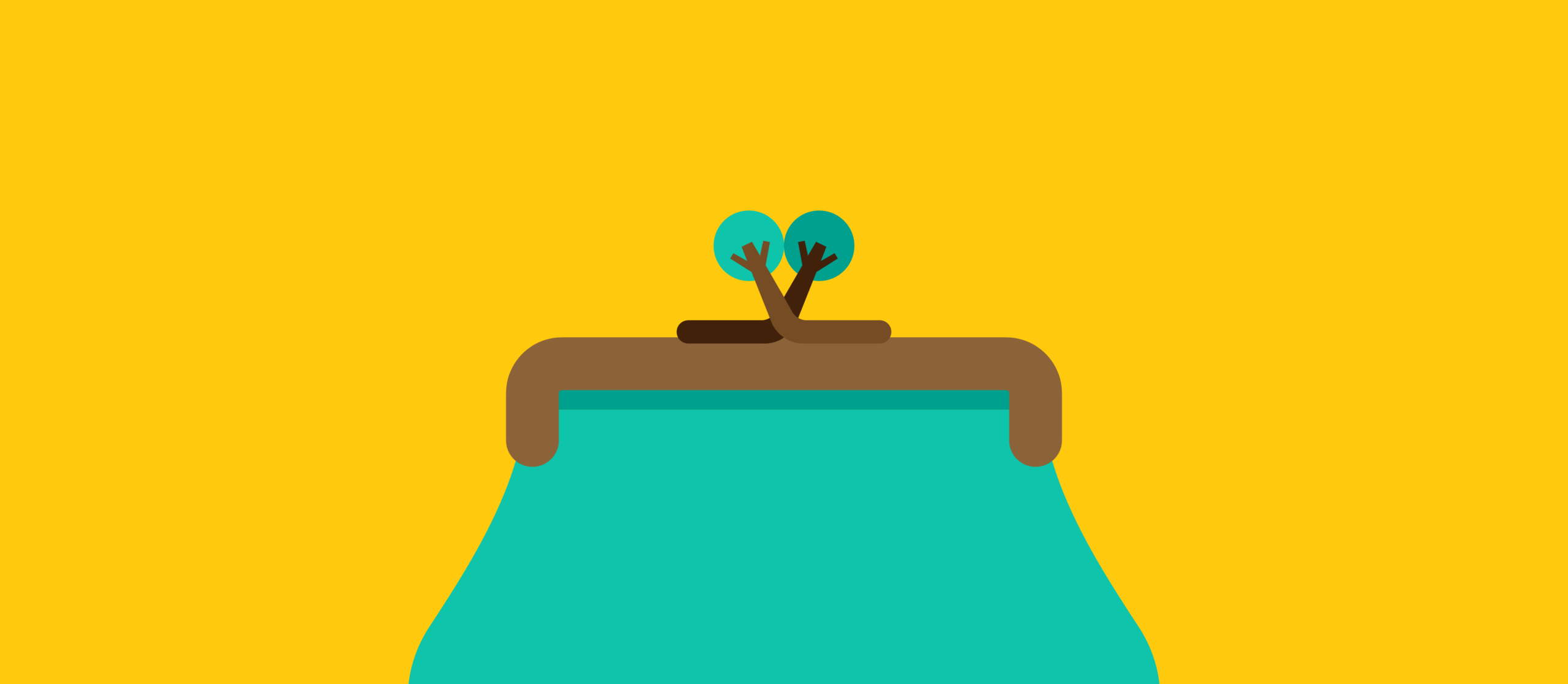July 12, 2022 — Article
Being green doesn’t have to mean a green logo or packaging. In fact, brands grabbing the most attention for their environmental creds are opting instead to embrace bright bold colours. Rachel Terkelsen explains why the approach is so effective.
As more and more brands focus on climate, sustainability and the impact they are having on the planet, there’s a desire to highlight ‘green’ credentials.
From a design perspective, natural substrates and green, hand-drawn leaves are obvious choices. But when everyone is going green, that’s not going to help create a distinctive brand.
So how can you be green without literally going green?
The reality is that environmentally friendly is becoming a hygiene factor for brands and so it shouldn’t really be the driving force for your brand design or packaging.
Plenty of eco brands have already subverted green packaging expectations, none more famously than Who Gives A Crap. In an effort to stop the one million trees cut down every day to make traditional toilet paper, B Corp Who Gives A Crap offers recycled and bamboo toilet paper, tissues and paper towels through a subscription model. The brand also donates 50% of its profits to ensure everyone has access to clean water and a toilet by 2050.
Impressive environmental credentials, yet instead of wrapping its loo rolls in green to highlight this, the brand has opted for bright colours and bold patterns. The choice in no way diminishes the good work the brand does. Rather, it has helped win a broader customer base attracted to the bold design which is convincing more people of the benefits of environmentally friendly toilet paper. And the high demand for loo rolls during the pandemic didn’t hurt their cause either. Across the ditch in New Zealand, toilet paper company smartass is delivering a similar offering to Kiwi customers with packaging just as colourful as its name, helping to drive demand with its desirable pattern designs.
Who Gives A Crap and smartass are the vanguards of the bold and bright environmental movement, but many others have followed suit.
Cleaning and body care brand Zero Co is embracing a similar aesthetic in the packaging of its range of sustainably reusable bottles, albeit with a softer palette. The brand describes its mission as “untrashing” the planet by stopping the production of new single-use plastic and cleaning up the plastic filling our oceans. The brand makes reusable refill pouches that are made from plastic waste diverted from landfill, designed to be refilled and reused.
The pleasingly coloured products look at home in Instagram-worthy home styling images with the bottles adopting of-the-moment colours such as sage green or soft pink. Going green never looked so stylish.
It seems environmentally conscious cleaning brands are pioneers in this approach with Happy Human another such brand. A female-founded startup, Happy Human’s approach centres on removing the water from cleaning products which creates unnecessary transport costs. The product is condensed into a tablet which is then diluted in a reusable bottle. Pink, yellow, turquoise and blue tones make the brand modern and appealing. The clean design moves away from the maximalist category norm of cleaning products that grace our supermarket shelves.
Minimalist design is also being used by two other environmentally friendly cleaning brands, Cove and The Dirt Companywith the latter looking less like a traditional cleaning product and more like a luxury skincare brand.
Meanwhile, New Zealand’s Supertrash, a waste collection service that diverts more than 200,000 kilograms of waste from landfill every month, has become known for its adoption of pink. A surprising colour to see on blokes emptying wheelie bins.
So what are the lessons here for environmentally conscious brands?
For starters, less is more in both packaging, product and design. Just as many of these brands are doing away with nasty chemicals and simplifying production processes, the brands and packaging can do the same. Simple packaging will stand out on shelves in a world of busy, visually complex brands.
Secondly, colour is key. The adoption of bold colour synonymous with current design aesthetics will win over savvy consumers who may not even be purchasing your products for their green creds. Bolder still would be embracing the neon colour trend that’s giving us all a post-pandemic pick-me-up across fashion, print and packaging.
With younger generations deeply passionate about the environment and climate change, the number of brands looking to highlight sustainability-based benefits is only going to increase. With that, it’s going to become harder for brands joining this growing chorus to differentiate. Finding a unique take on these design principles is a great place to start.
–
Rachel Terkelsen is the Creative Director for Principals Melbourne.
This article first appeared in Inside Retail.





